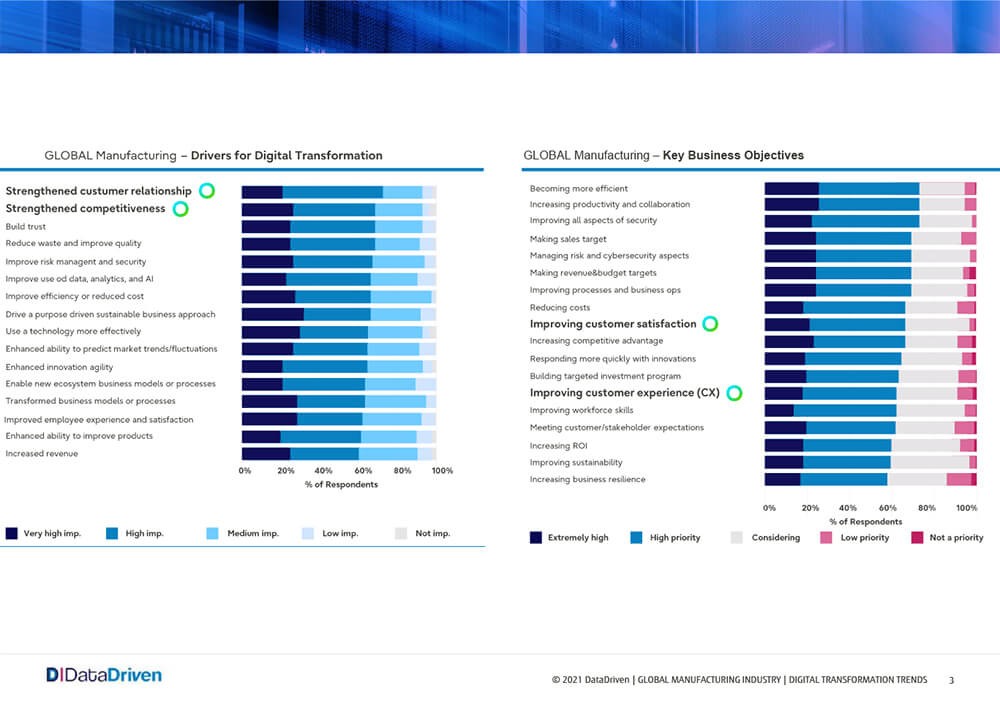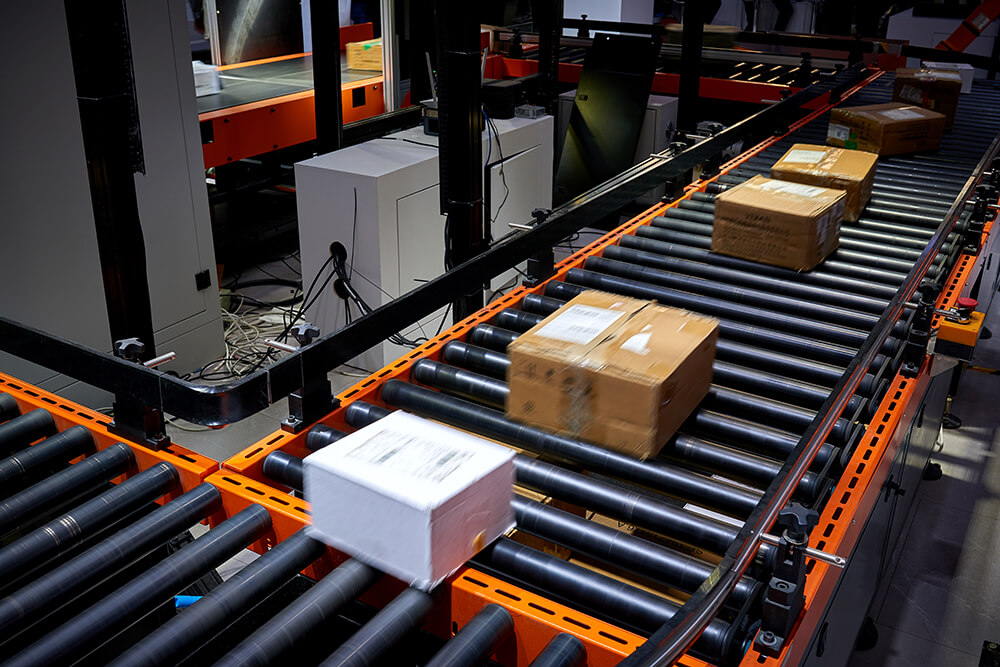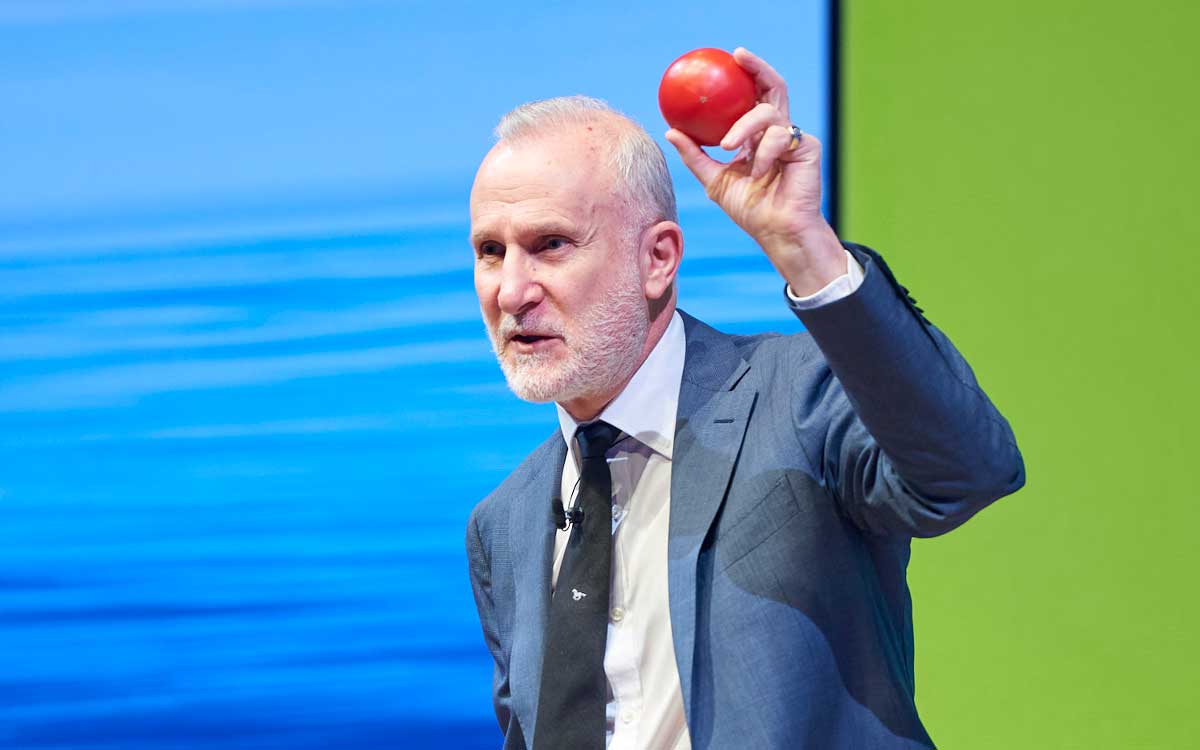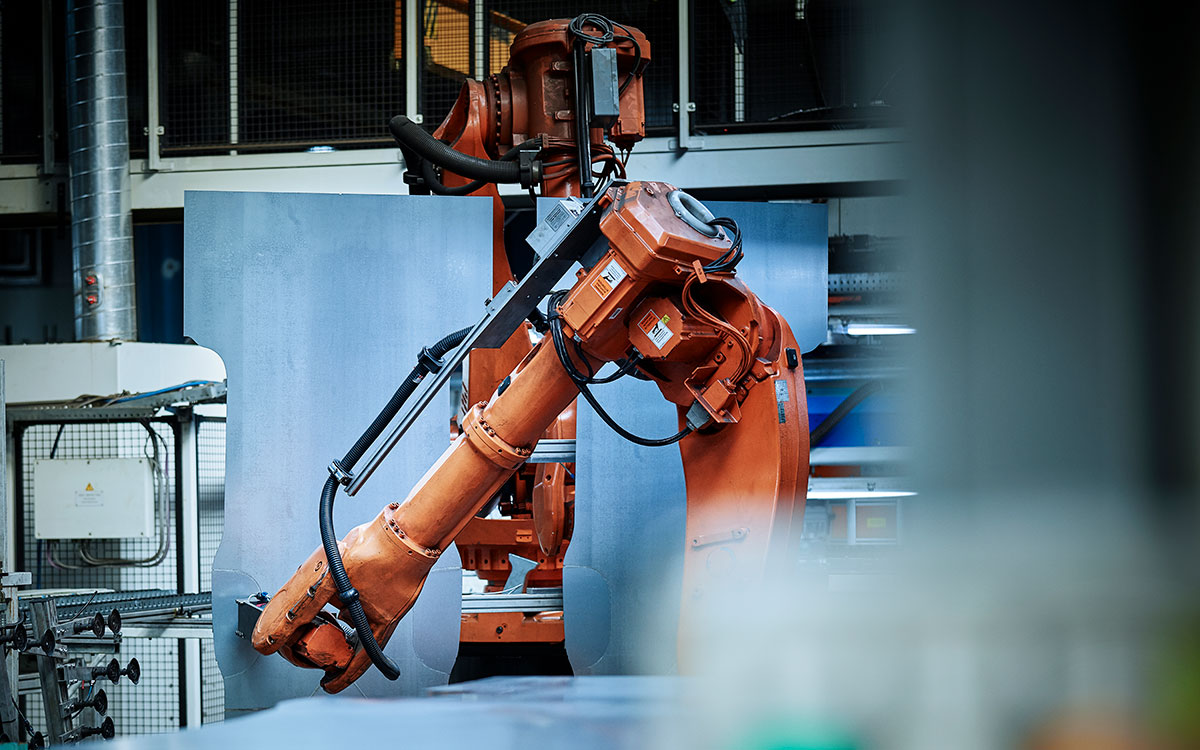Does manufacturing have a digital transformation blind spot?
Fujitsu / February 25, 2022
Manufacturing has taken advantage of digital transformation to uprate its performance across a wide range of KPIs, says Hiroyuki Goto, Executive Director of COLMINA Business Unit, Fujitsu Limited. However, new research from Fujitsu suggests that there may be a blind spot in these initiatives – customer experience.
Enthusiastic adopters of DX
Manufacturers are certainly well on board when it comes to digital transformation (DX).
More than 50% have already completed, or are in the process of completing, a range of DX initiatives, including cybersecurity, mobility solutions, predictive data analytics, hybrid cloud, workplace innovation, IoT and robotics.
This is according to a major study commissioned by Fujitsu of over 200 manufacturing ICT decision-makers across 17 countries. Our ‘Digital Transformation Trends for the Manufacturing Industry’ study looks at the sector through the eyes of the people who manage and deliver these technologies – the ICT decision-makers.
The study shows that DX pilots are in full swing too. Up to 40% of manufacturers say they are at the pilot or proof of concept stage. And more than 60% say they’ll make additional investments over the next 12 months, with AI/machine learning, predictive data analytics, and public cloud at the top of the list.
There’s more positive news when it comes to tech ambition: More than half of all manufacturers have an implementation of AI underway. And the sector continues to bet big on AI - more than 65% of respondents plan to invest further in manufacturing applications of AI this year. Production quality, supply and energy management, cybersecurity, and predictive maintenance/failure prediction applications are the challenges of most interest.

Manufacturing sector bets bid on AI
But what about the customer?
But there is one area where Fujitsu detects a possible blind spot emerging from the research data. Manufacturing industry respondents tell us their top DX objectives are a mix of meeting financial targets and increasing security. They put relatively less focus on customer experience or customer satisfaction goals than respondents from other sectors such as Finance.
It’s a strange finding because the same group is fully aware of how meaningful customer relationships are: they come right at the top of the list of pressures manufacturers face – above competitiveness, waste and quality.
Manufacturers, of course, have a complex pathway to their customers — some are direct, others are indirect and reached through intermediaries such as OEMs and distributors. However, if this lack of focus on CX – the customer experience dimension of DX – reflects a belief by manufacturers that OEM, wholesale and retail channels carry the full responsibility for the customer experience of products, then it shouldn’t. In Fujitsu’s view, making that assumption means potentially missing out on important opportunities for direct access to the end user and even storing up trouble for the future.

Manufacturers have a complex pathway to their customers
Supply chains are changing
Let’s look into that a bit further.
There is a clear trend towards the narrowing of the distance between the manufacturer and the end customer in supply chains. Multiple pressures, including the lessons of the pandemic, simmering trade tensions, and repeat risks just waiting to happen, such as the closure of the Suez Canal, are causing manufacturers to rethink their role in supply chains.
In the pandemic, drop-shipping – where a retailer or wholesaler has orders delivered directly to its customers by the manufacturer – really took off. It was a means to cut out supply chain bottlenecks and keep businesses alive in the most challenging circumstances.
It also opened some manufacturers' eyes to new possibilities -– if they can create the adaptability to react, with mass-personalization options for example, is the end-user now in sight as a direct customer?
This was the thinking for a Fujitsu customer – a major manufacturer of pet food – which experienced much higher direct sales during the pandemic. Sales increased from 3% to 18% of its business. Recognizing the opportunity, it has developed a mass-customization growth strategy for one of its premium cat food brands ‘personalized’ to cats. That could be about skin type, digestion, fur condition, or where it lives. If that’s a city center apartment, the pet owner probably won’t want to carry 30kg bags up to the fourth floor and then out again when empty.
The premium offer is now a monthly, direct-to-consumer, subscription-based pouch system from pop-up stores – mass-customized to cats’ specific needs and where the customer lives.

The distance between the manufacturer and the end customer is narrowing
Focus on CX in 2022
The manufacturing industry is leveraging DX strategies and technologies to transform itself, in an ultra-competitive environment.
The data makes the reason for this whole-hearted adoption of DX clear to see: it produces results. A remarkable 80% of respondents report are achieving satisfactory or better outcomes from their DX initiatives, with the most positive results in reduced waste and improved quality, strengthened competitiveness and enablement of new ecosystem business models.
The balance may not be quite right because of a lack of focus on customer experience. We suggest this should be an area for serious investigation in 2022.
To find out how Fujitsu can help your manufacturing organization develop an optimum DX strategy, Visit our page by clicking here.
Click here to read the full research report. Or
Click here to hear to my video interview outlining the above points

Manufacturing industry is leveraging DX strategies to transform itself

Related information
- Manufacturing change isn’t a mission; it’s a movement : FUJITSU BLOG - Global
- Improving the Resilience of Your Supply Chain Is About Increasing Supply Chain Visibility First : FUJITSU BLOG - Global
- Key findings from the DX in Manufacturing Survey 2021 -YouTube Video
- Factory transformation solutions : Fujitsu Global
Editor's Picks












